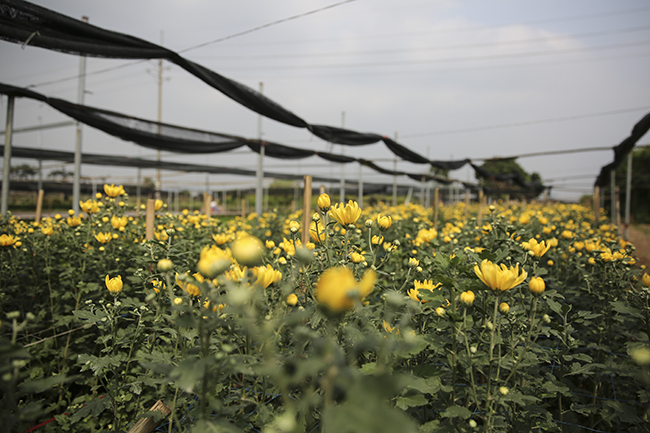
Tay Tuu flower village in Bac Tu Liem District which is some 18 kilometres from Hanoi city centre is one of the biggest flower hubs in the capital. It provides flowers for Hanoi and many other northern localities.
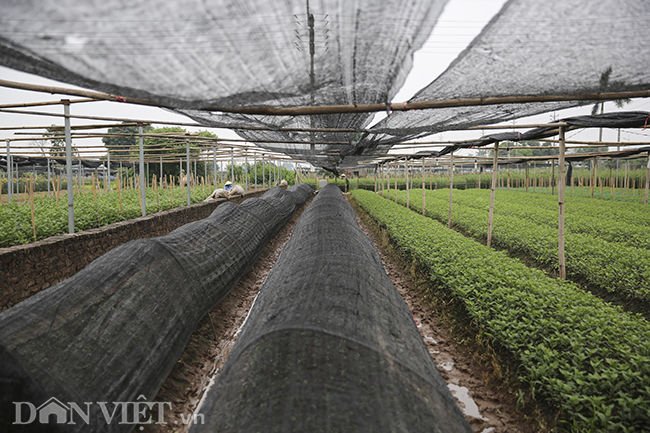
Flower growing is also the main source of income for local residents. However, since the Covid-19 outbreak, flower sales have considerably dropped.
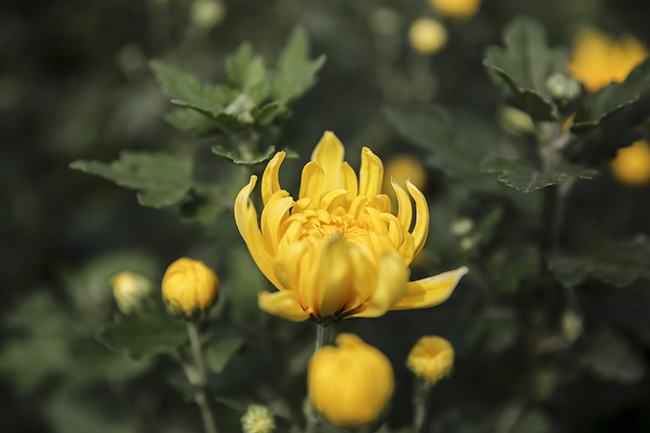
Quang Ba flower market in Hanoi’s Tay Ho District has been closed following the social distancing instruction, adding more difficulties for flower farmers. Flower prices have fallen by 50-70%.
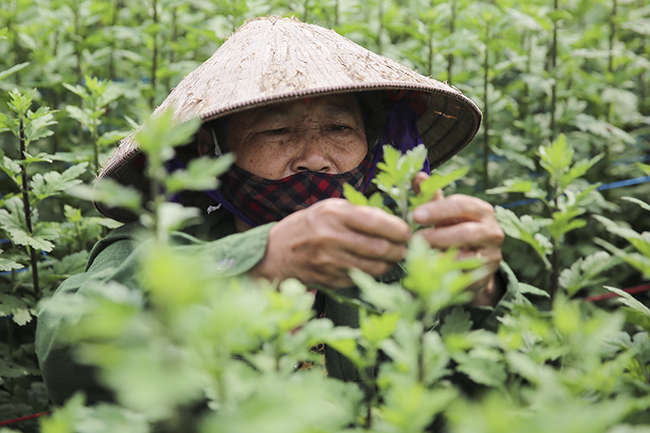
Chu Thi Chuc from Tay Tuu said that most of flower markets have been temporarily shut, so flower sales are very modest. People mainly prioritise necessities in the context of Covid-19.
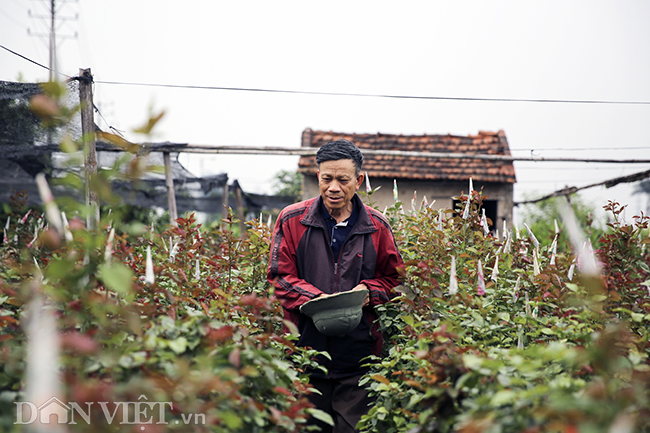
The price fall has resulted in huge losses for flower farmers. Many households even can’t recover costs for flower varieties; while they have to cover other costs such as fertiliser and wages.
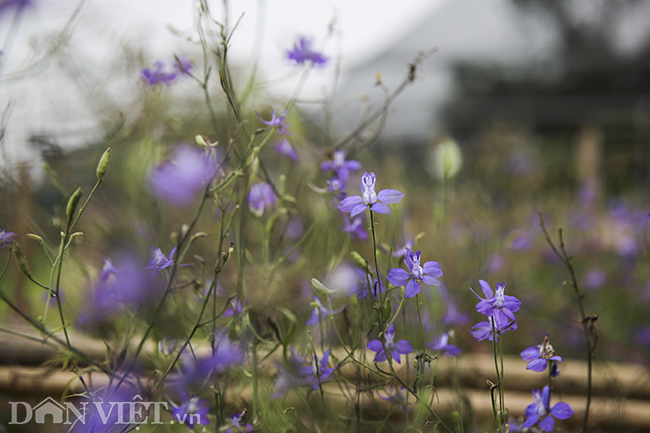
Currently, a rose is priced at around VND1,000 compared to VND3,000-5,000 before Covid-19.
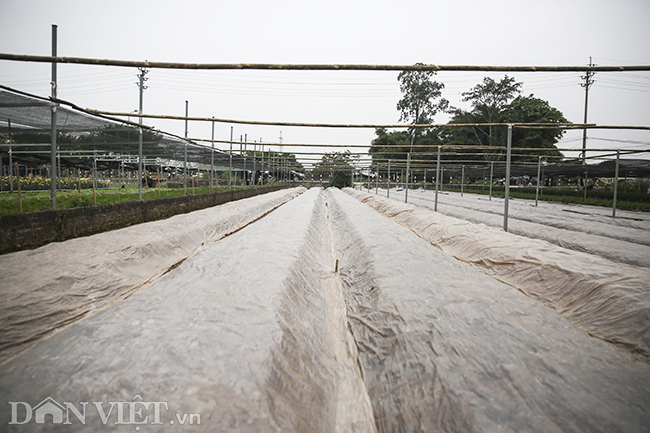
Lots of gardens in Tay Tuu are now being left idle.
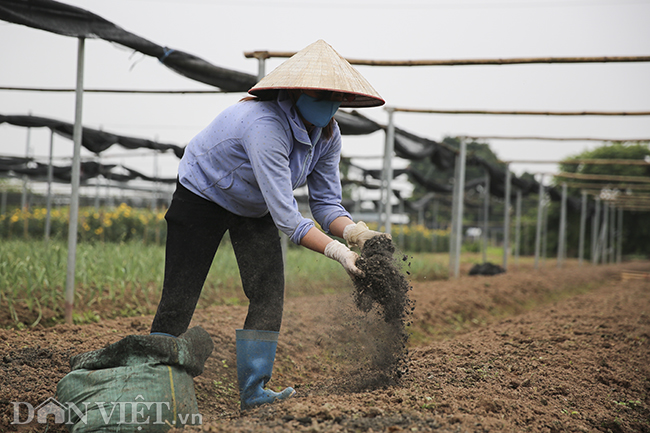
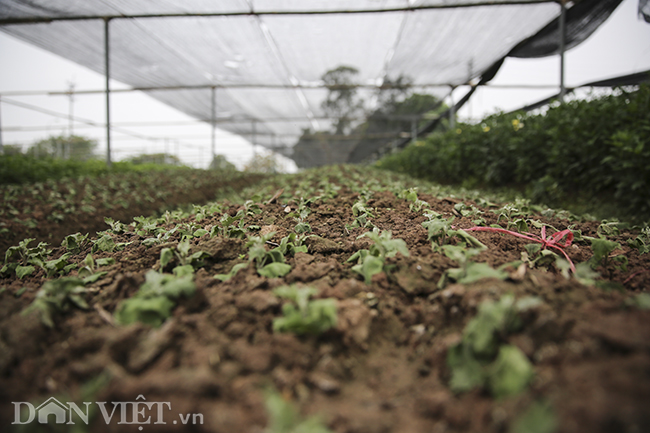
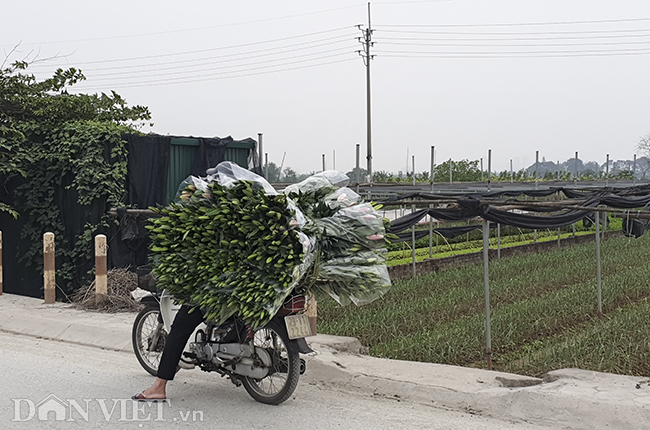
According to flower garden owners, they now often sell flowers to traders, instead of bringing flowers to markets for sale as before.
Many households can’t find customers for their flowers, leaving them rotten in the garden.
Meanwhile, many flower gardens covering over 100 hectares in Ha Loi Village in Hanoi’s Me Linh District are at risk of being abandoned or going to waste due to the lockdown decision in the locality following Covid-19 infections.
Dan Viet/Dtinews
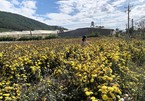
Only 10 percent of Da Lat’s flowers can be exported
As the country’s ‘flower metropolis’, Da Lat exports only 10 percent of its output. The exporters are large companies, especially foreign invested companies.
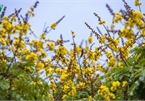
April sees flowers bloom throughout the streets of Hue
With the arrival of April, the ancient capital of Hue has been brought to life with colourful displays of Hoa Diep Vang, also known by their scientific name of Caesalpinia ferrea, serving to brighten up the historic city.
 Hundreds of hectares of flower in a Hanoi village could whither if their outlets are not found amid the continuing Covid-19 pandemic.
Hundreds of hectares of flower in a Hanoi village could whither if their outlets are not found amid the continuing Covid-19 pandemic.